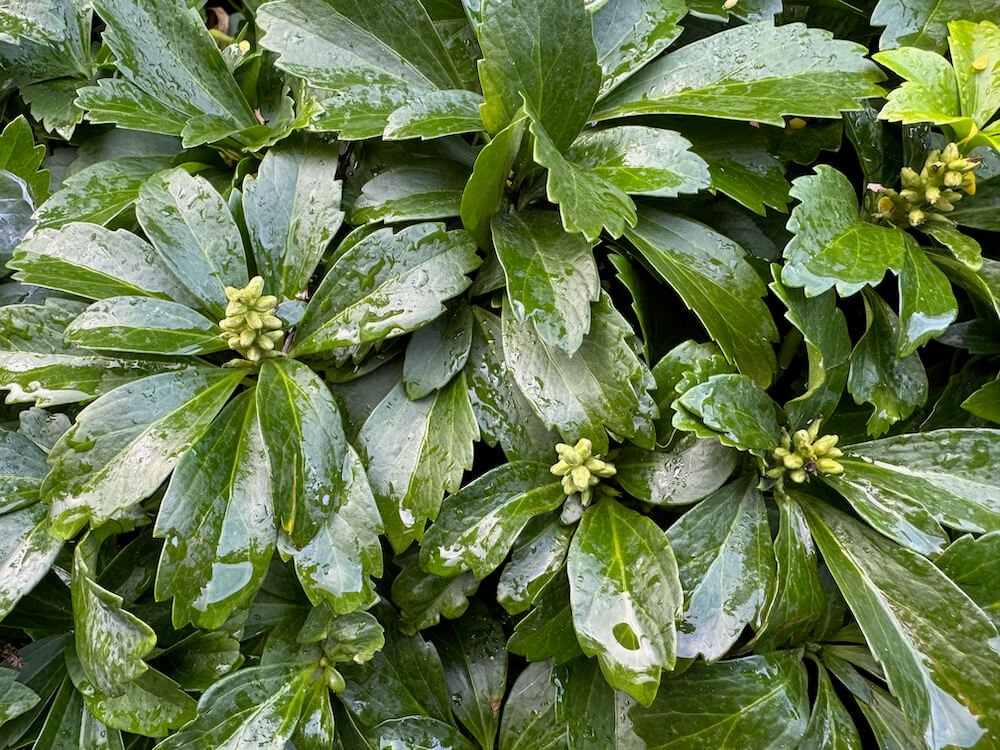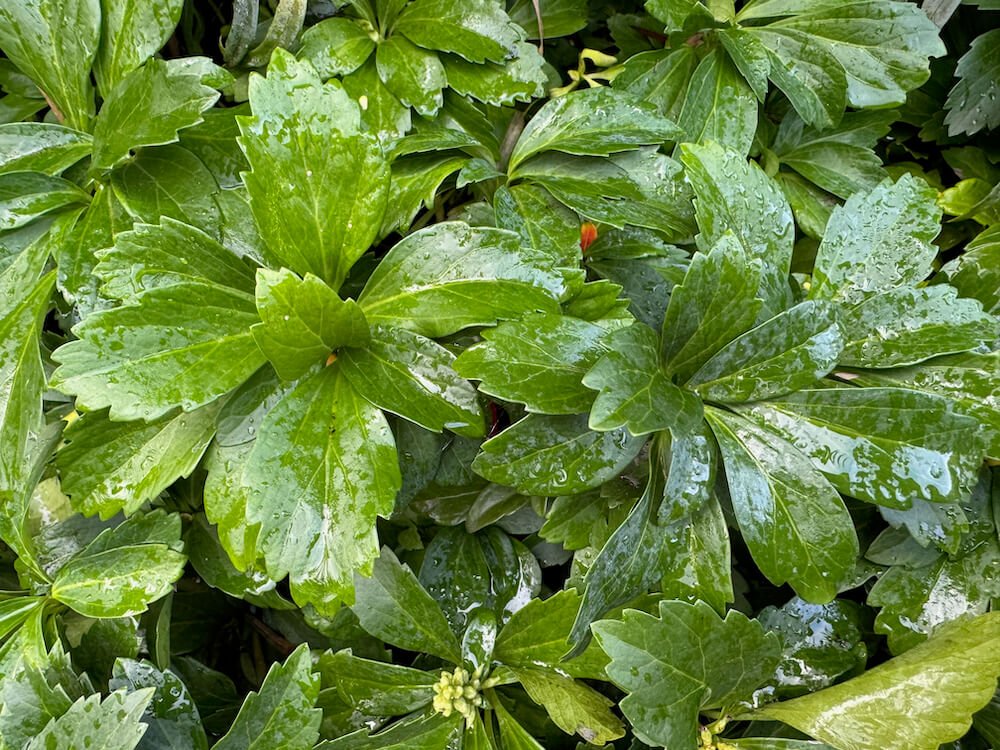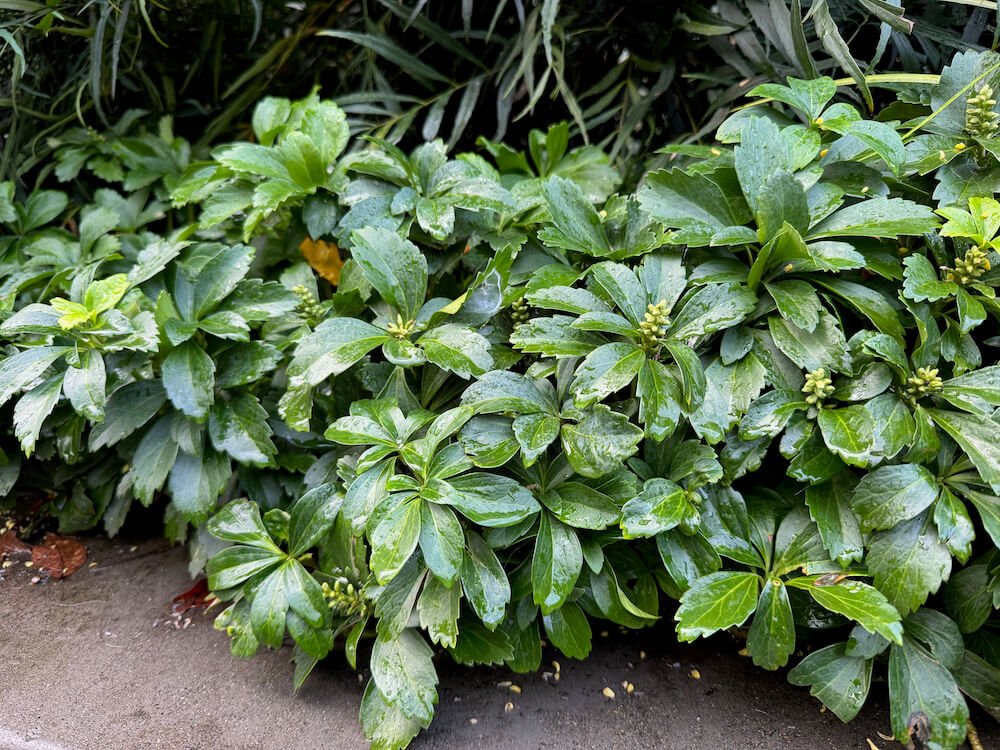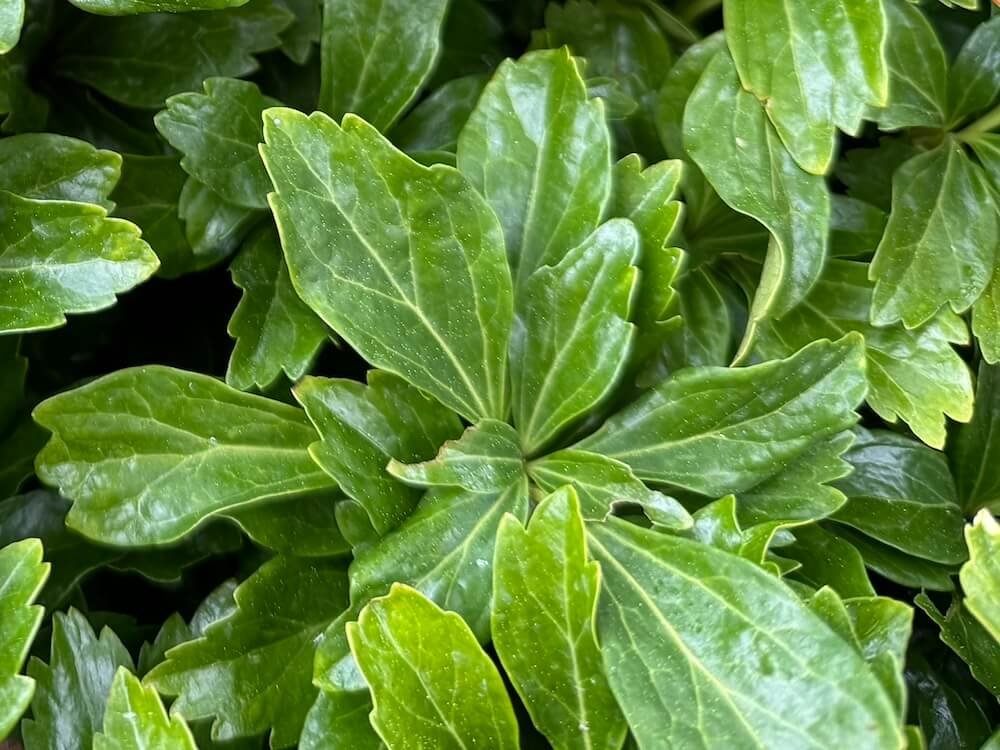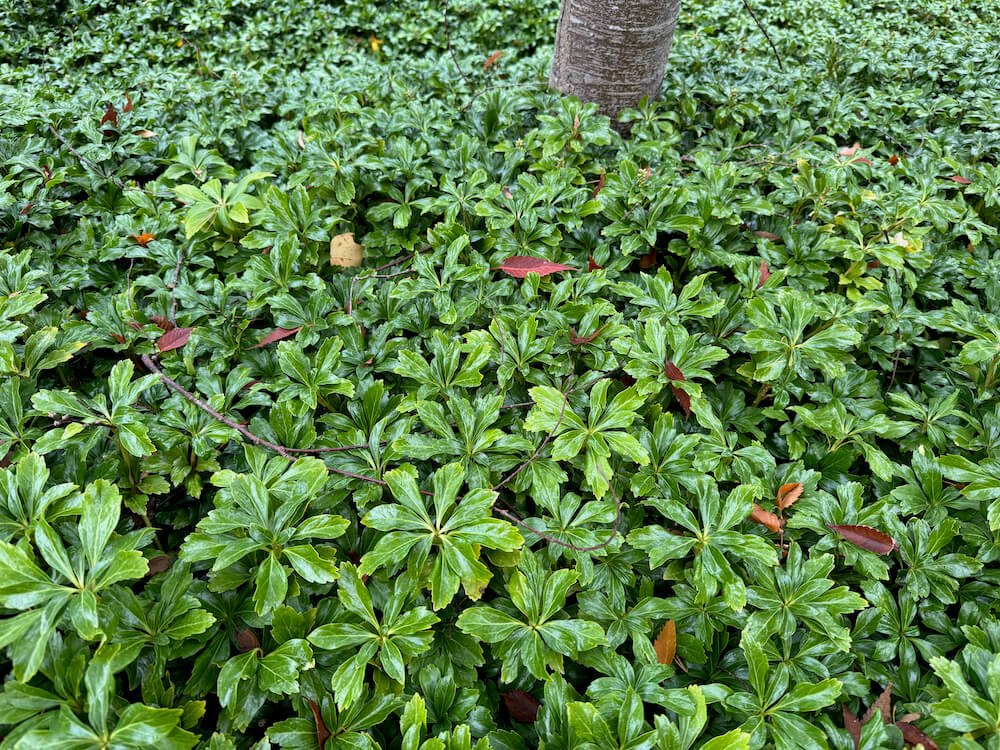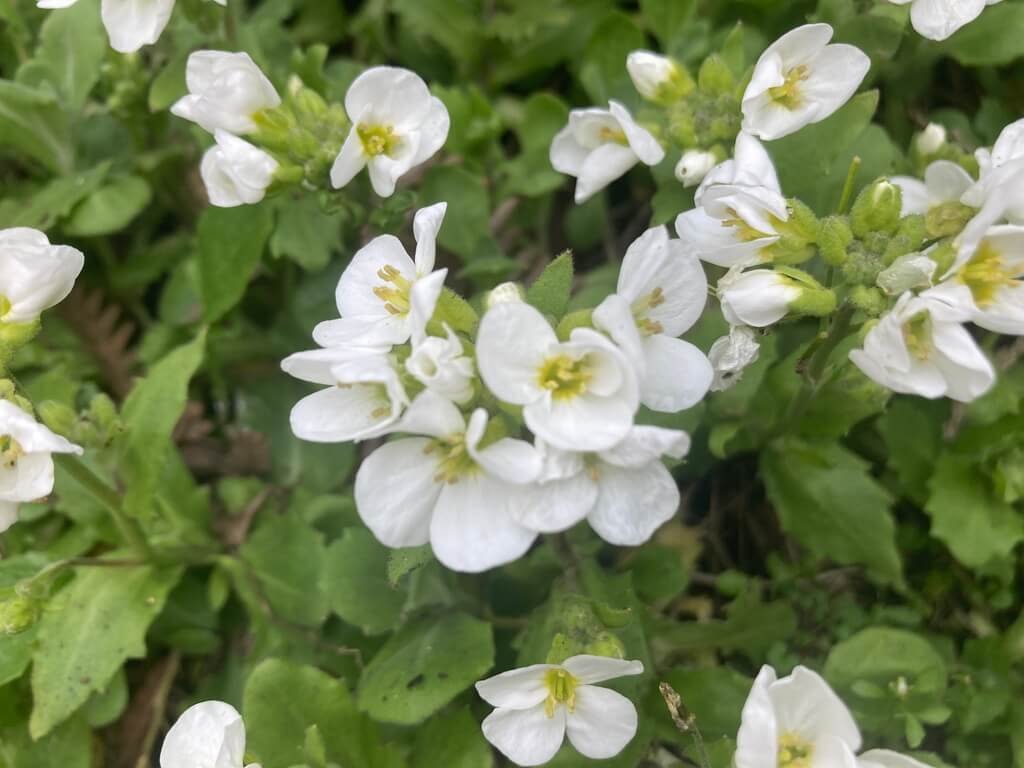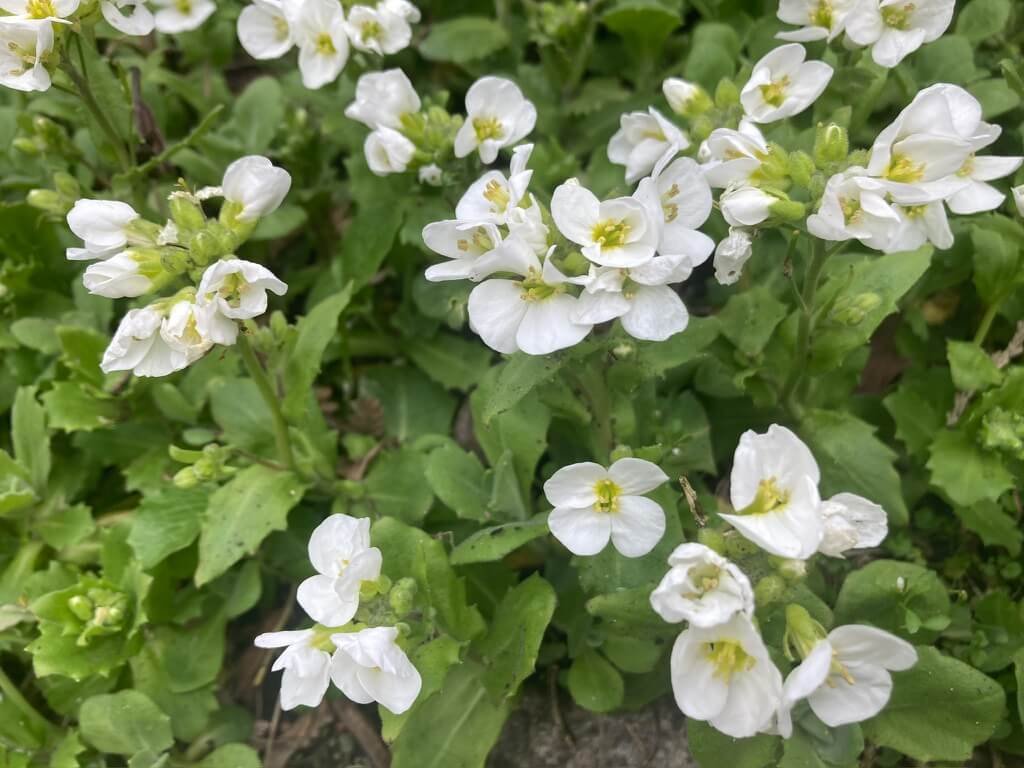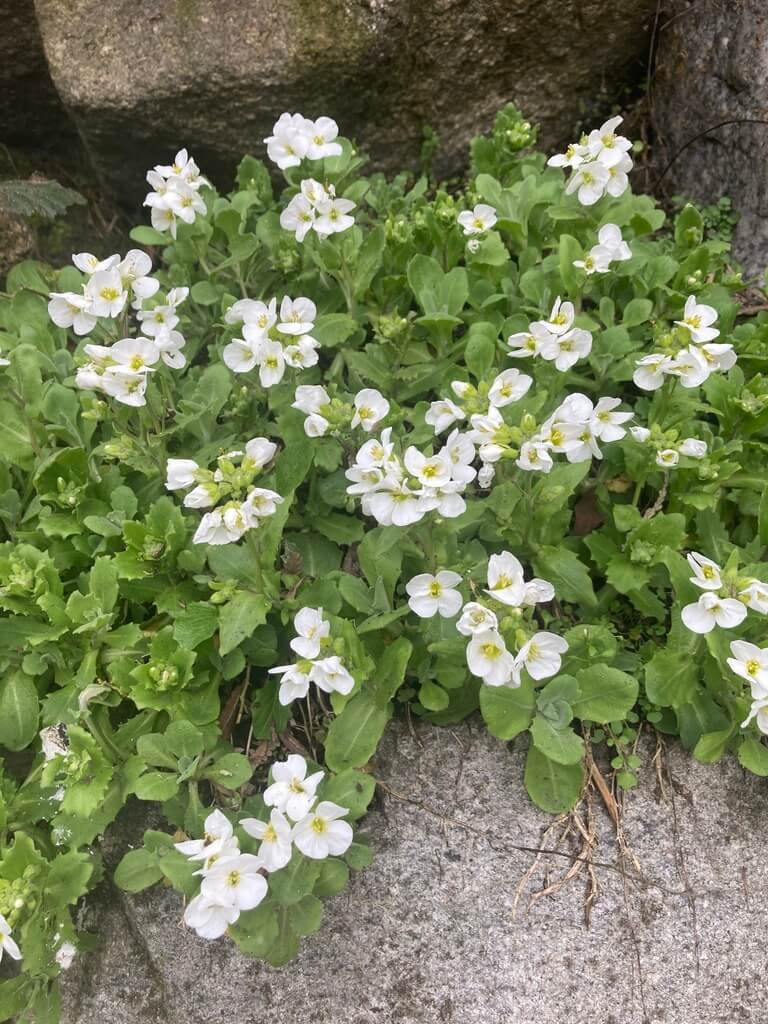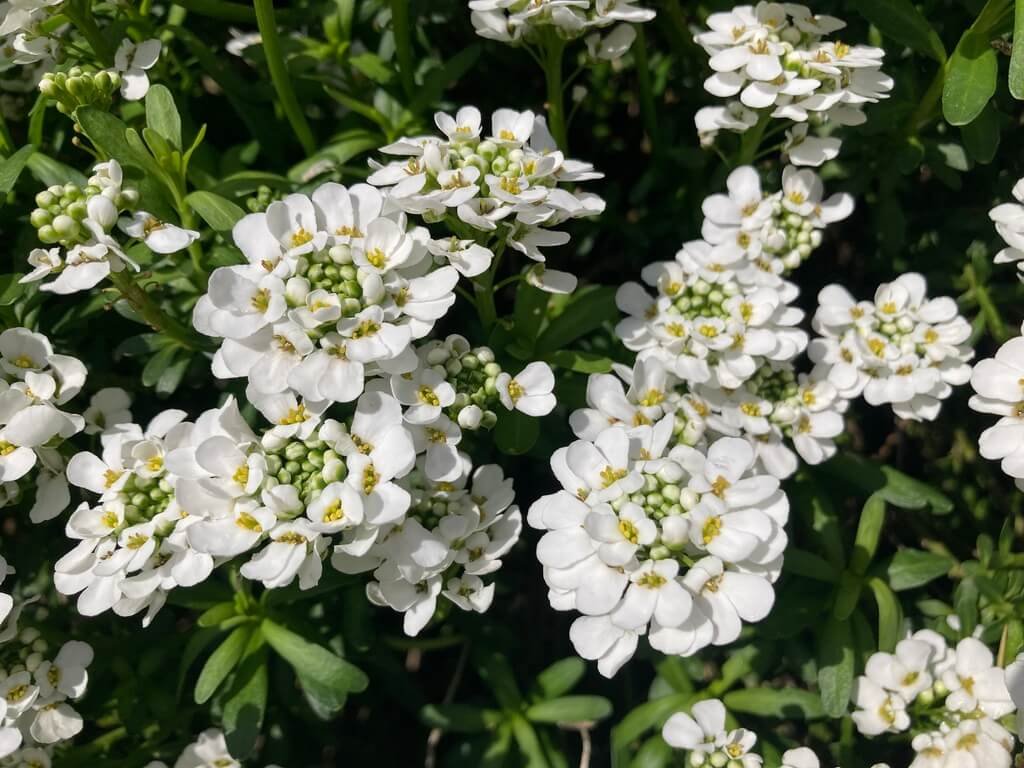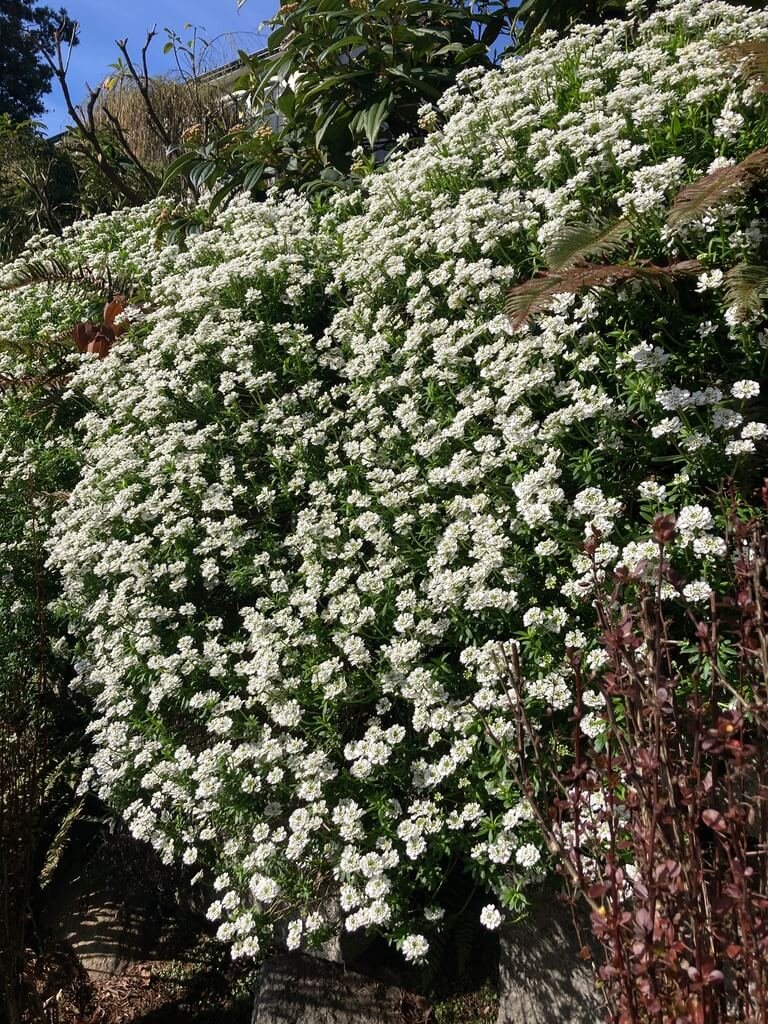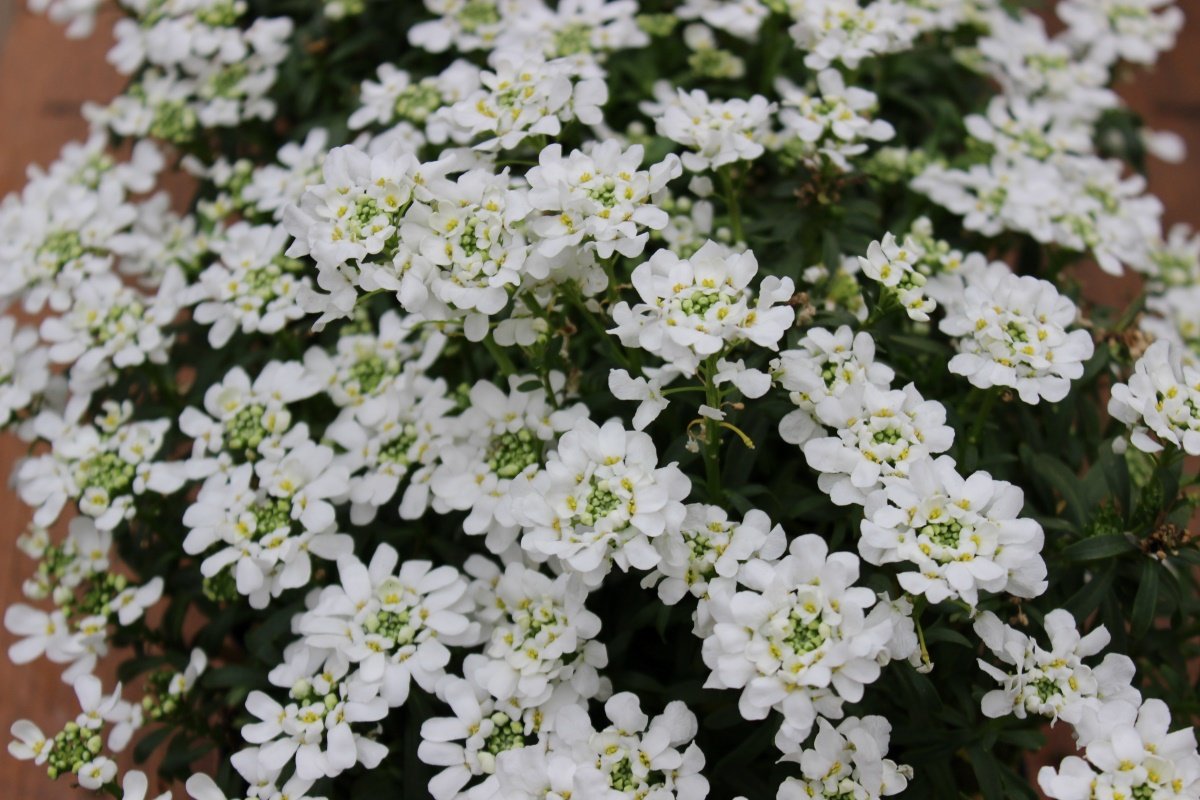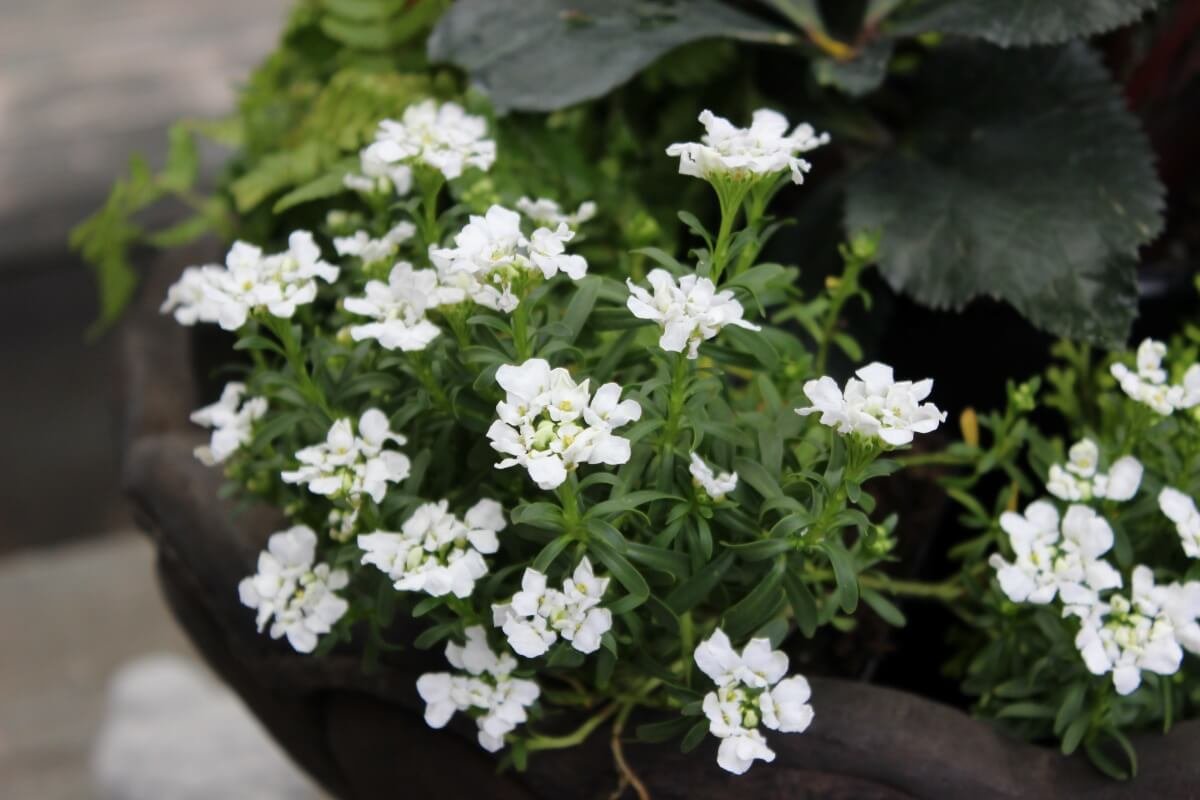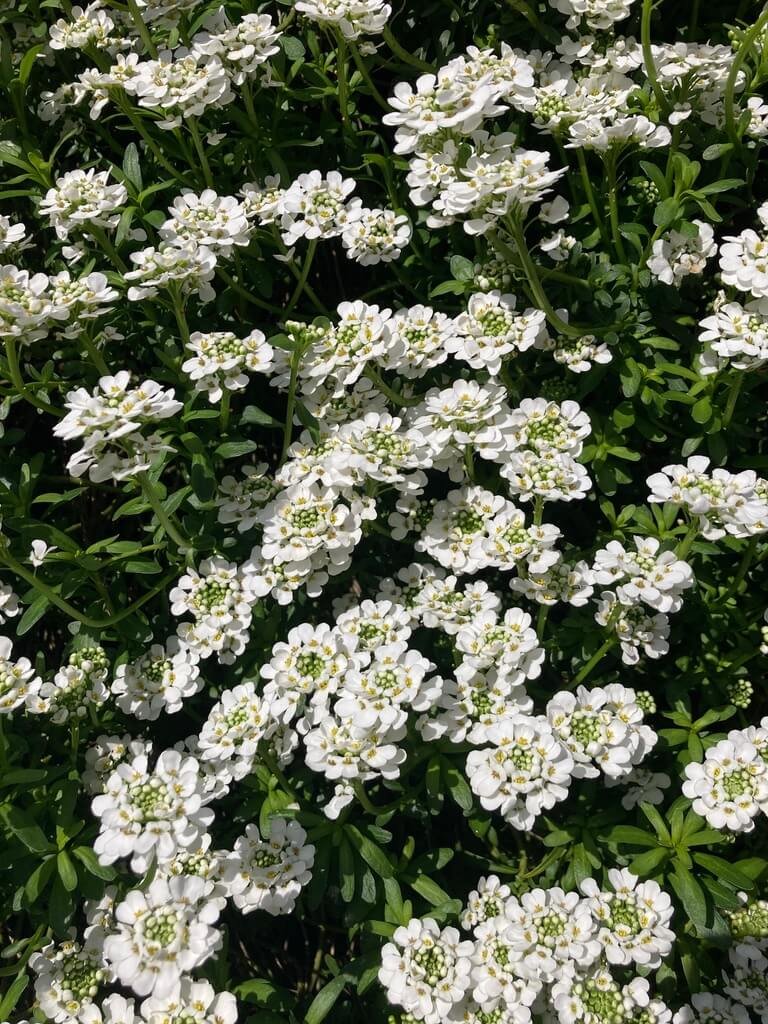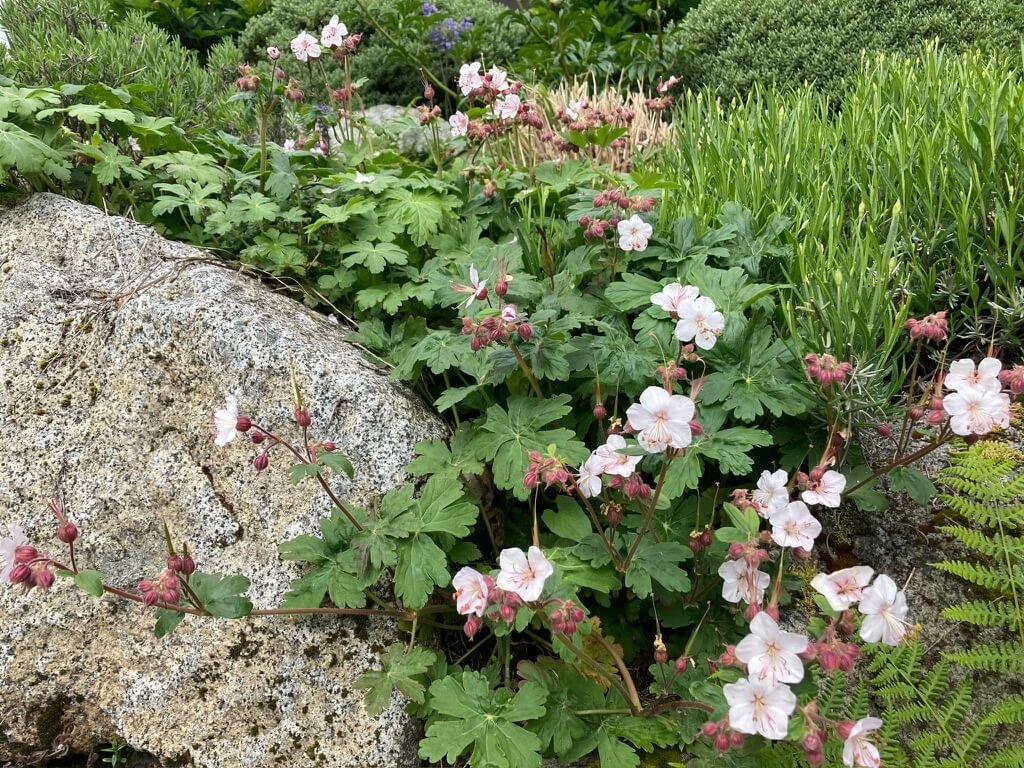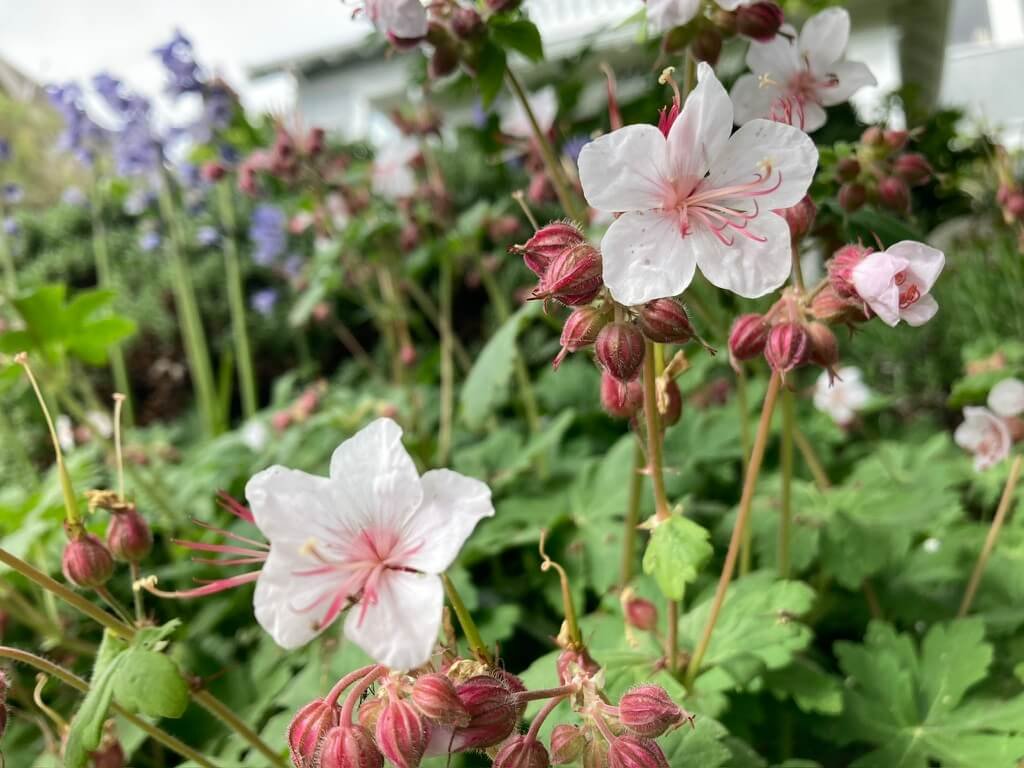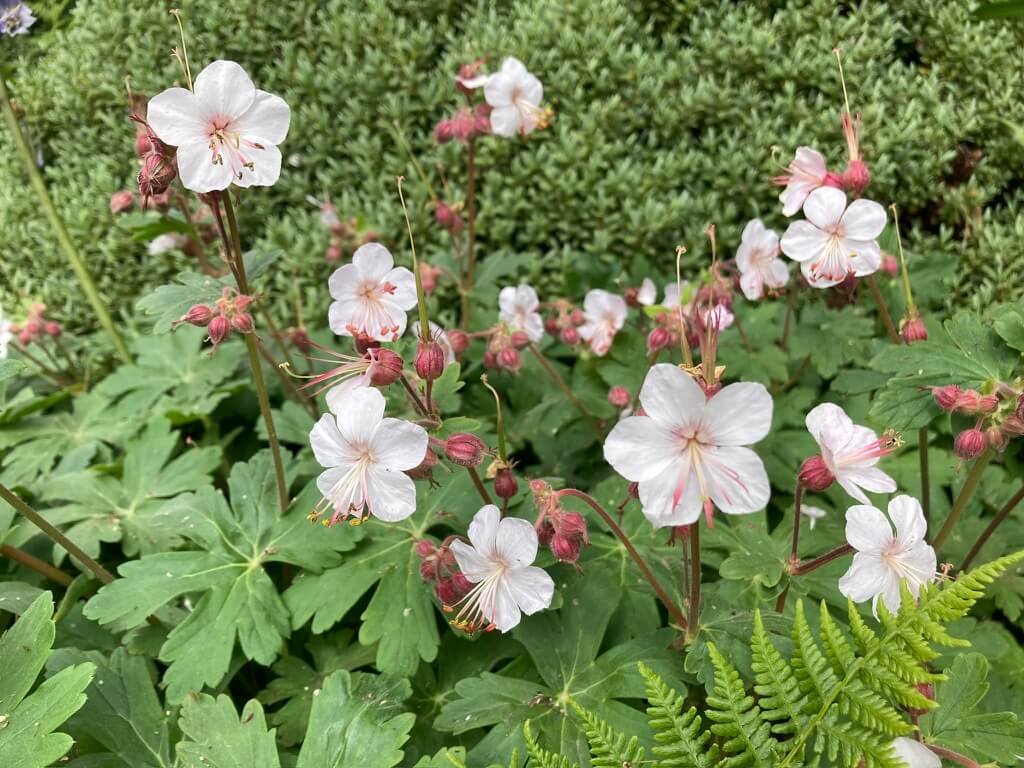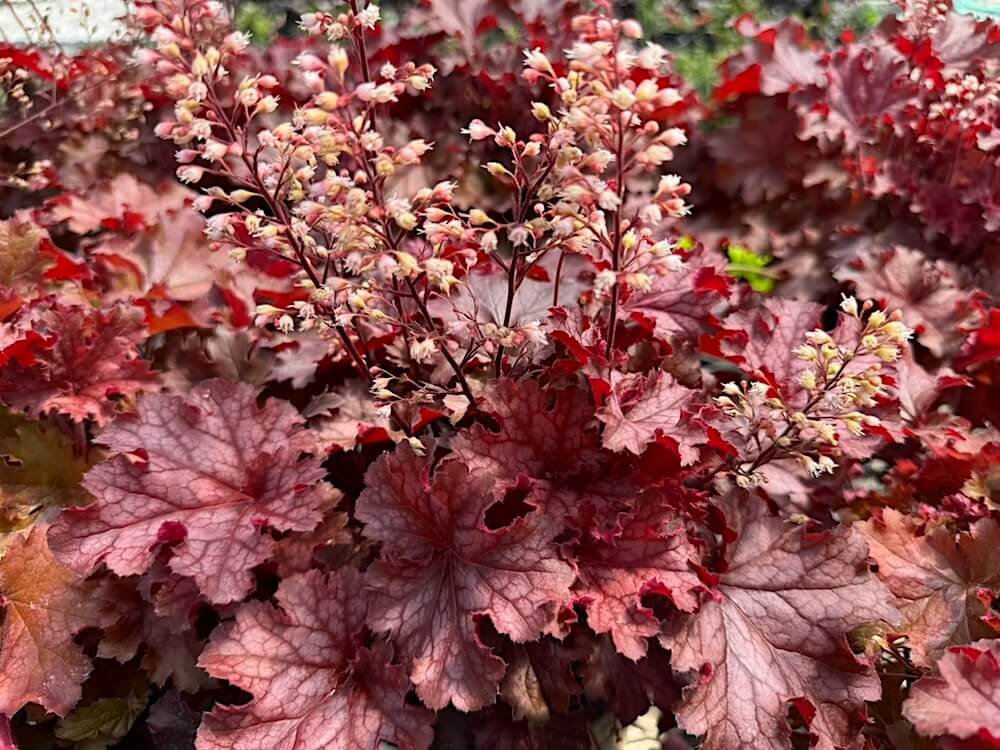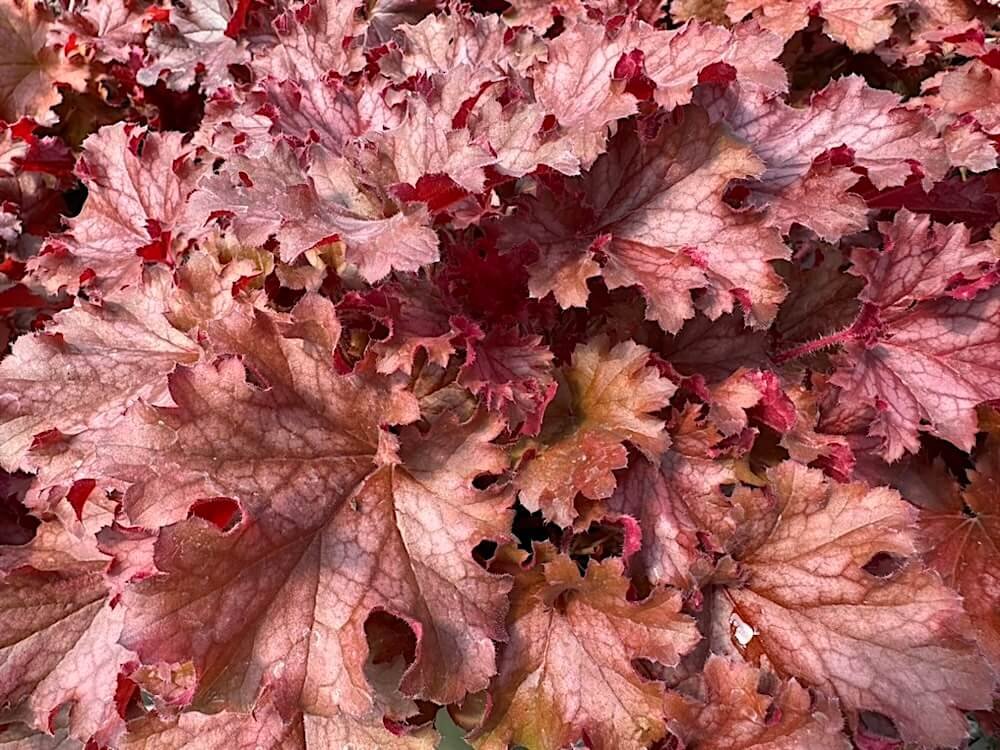DESCRIPTION
Cardamine trifolia is a delightful perennial plant native to moist woodlands, stream banks, and other damp areas of North America, Europe, and Asia. Growing to about 6-12 inches in height and width, it features deeply lobed, shamrock-like leaves arranged in whorls of three, with vibrant green foliage that brightens shady corners. In late spring to early summer, it produces delicate clusters of small, four-petaled white flowers on slender stalks, attracting bees and other pollinators. Preferring partial to full shade and moist, well-drained soil rich in organic matter, Cardamine trifolia is ideal for woodland gardens, boggy areas, and along streams or ponds, where it can naturalize and form an attractive ground cover. This low-maintenance plant requires regular watering during dry spells and occasional division to control its spread. Additionally, its leaves have a pungent, bitter flavor similar to watercress, making them a unique addition to salads or as a garnish.
DESCRIPTION
Cardamine trifolia is a delightful perennial plant native to moist woodlands, stream banks, and other damp areas of North America, Europe, and Asia. Growing to about 6-12 inches in height and width, it features deeply lobed, shamrock-like leaves arranged in whorls of three, with vibrant green foliage that brightens shady corners. In late spring to early summer, it produces delicate clusters of small, four-petaled white flowers on slender stalks, attracting bees and other pollinators. Preferring partial to full shade and moist, well-drained soil rich in organic matter, Cardamine trifolia is ideal for woodland gardens, boggy areas, and along streams or ponds, where it can naturalize and form an attractive ground cover. This low-maintenance plant requires regular watering during dry spells and occasional division to control its spread. Additionally, its leaves have a pungent, bitter flavor similar to watercress, making them a unique addition to salads or as a garnish.




